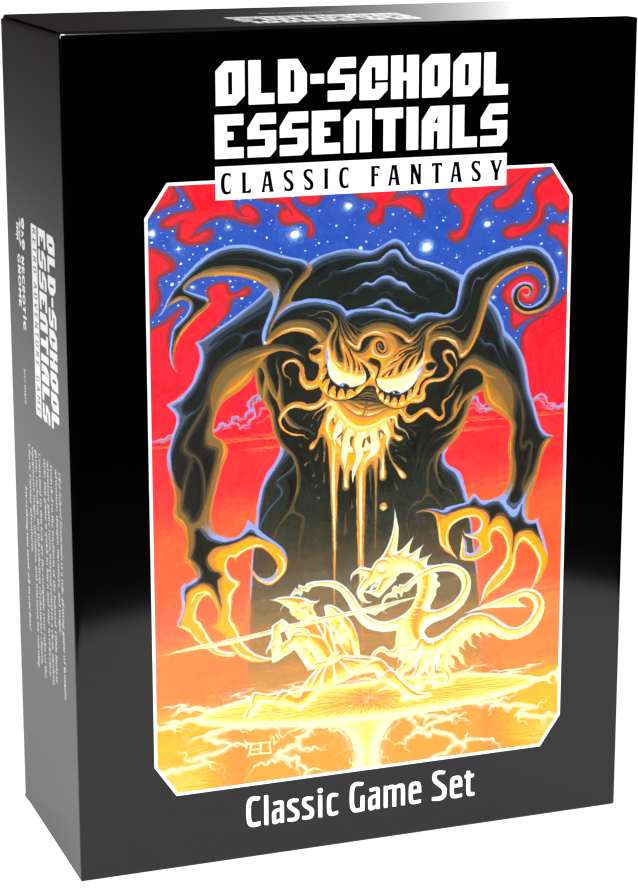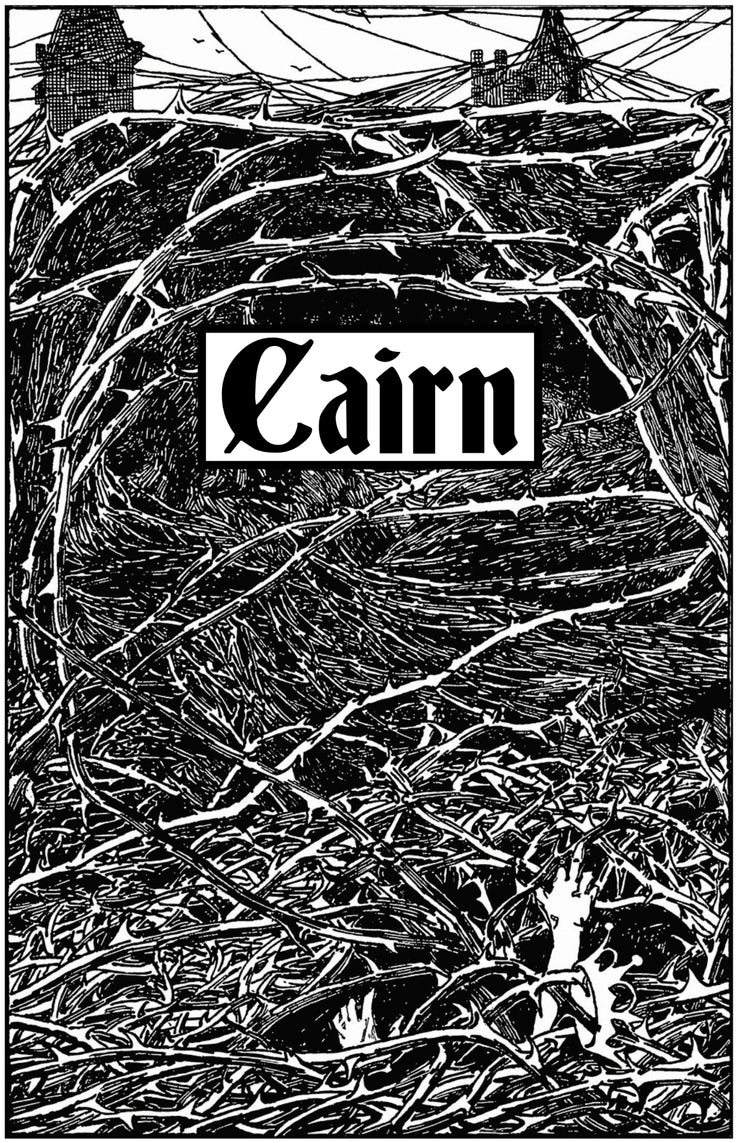Old-School Essentials Fantasy; High-Fantasy; Old-School Renaissance (OSR); Exploration-Driven; Sandbox; Tactical Combat
Old-School Essentials (OSE) is a tabletop roleplaying game designed to recreate the experience of classic 1980s fantasy RPGs, particularly Basic/Expert D&D. It emphasizes simple rules, ease of use, and compatibility with existing OSR (Old-School Renaissance) content. OSE aims to provide a streamlined, accessible entry point into the old-school style of play, focusing on exploration, improvisation, and player ingenuity.
Theme and Setting
Old-School Essentials plunges players into a classic dark fantasy world filled with dungeons, haunted forests, and perilous wilderness. The setting evokes a sense of danger and mystery, where survival depends on wit and resourcefulness. The game encourages exploration of the unknown, with a focus on uncovering lost treasures and ancient secrets. While the core rules don't prescribe a specific setting, the implied setting is heavily influenced by traditional fantasy tropes, allowing for easy adaptation of existing modules and campaigns.
Core Mechanics and Rules
OSE's core mechanics are rules-lite, prioritizing ease of play and improvisation. The game uses familiar dice rolls (d4, d6, d8, d10, d12, d20) and ability scores. Character creation is quick, allowing players to jump into the action with minimal preparation. Combat is straightforward and often deadly, emphasizing tactical decision-making. A key feature is its clear and concise presentation of the rules, using a "control panel" layout where related information is displayed on facing pages for easy reference. This design choice significantly reduces the need to flip through the book during gameplay. The system is designed to be easily modified, encouraging Game Masters to adapt the rules to their preferences.
What Makes It Unique
Old-School Essentials distinguishes itself through its exceptional clarity and organization. While many OSR games aim to replicate older systems, OSE excels in its modern presentation, making it accessible to both newcomers and veterans of the genre. The game's compatibility with Basic/Expert D&D materials is a major selling point, providing access to a vast library of adventures and supplements. OSE is available in two main formats: the Classic Game Set (a boxed set of five books) and the Classic Fantasy Rules Tome (a single hardcover book), catering to different preferences. The streamlined rules and focus on usability have contributed to its popularity within the OSR community.
Target Audience and Player Experience
The target audience for Old-School Essentials includes both nostalgic gamers seeking to recapture the experience of classic RPGs and new players interested in exploring the OSR style. The game's rules-lite approach and emphasis on player agency appeal to those who enjoy improvisation and collaborative storytelling. The potential for character customization and the open-ended nature of the game world provide a rewarding player experience. OSE promotes a playstyle where player skill and clever tactics are more important than character optimization. Death is a real possibility, encouraging cautious exploration and creative problem-solving. It offers a fantasy experience where players delve into crypts, explore haunted forests, sail the high seas, and find treasures while unearthing secrets.



